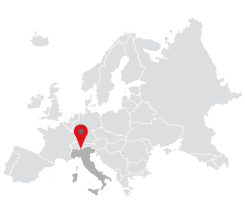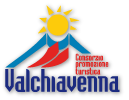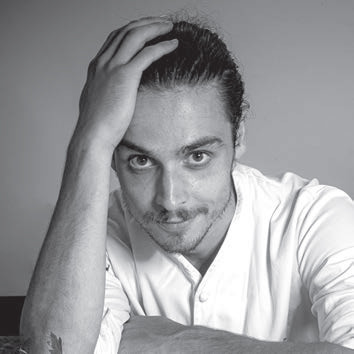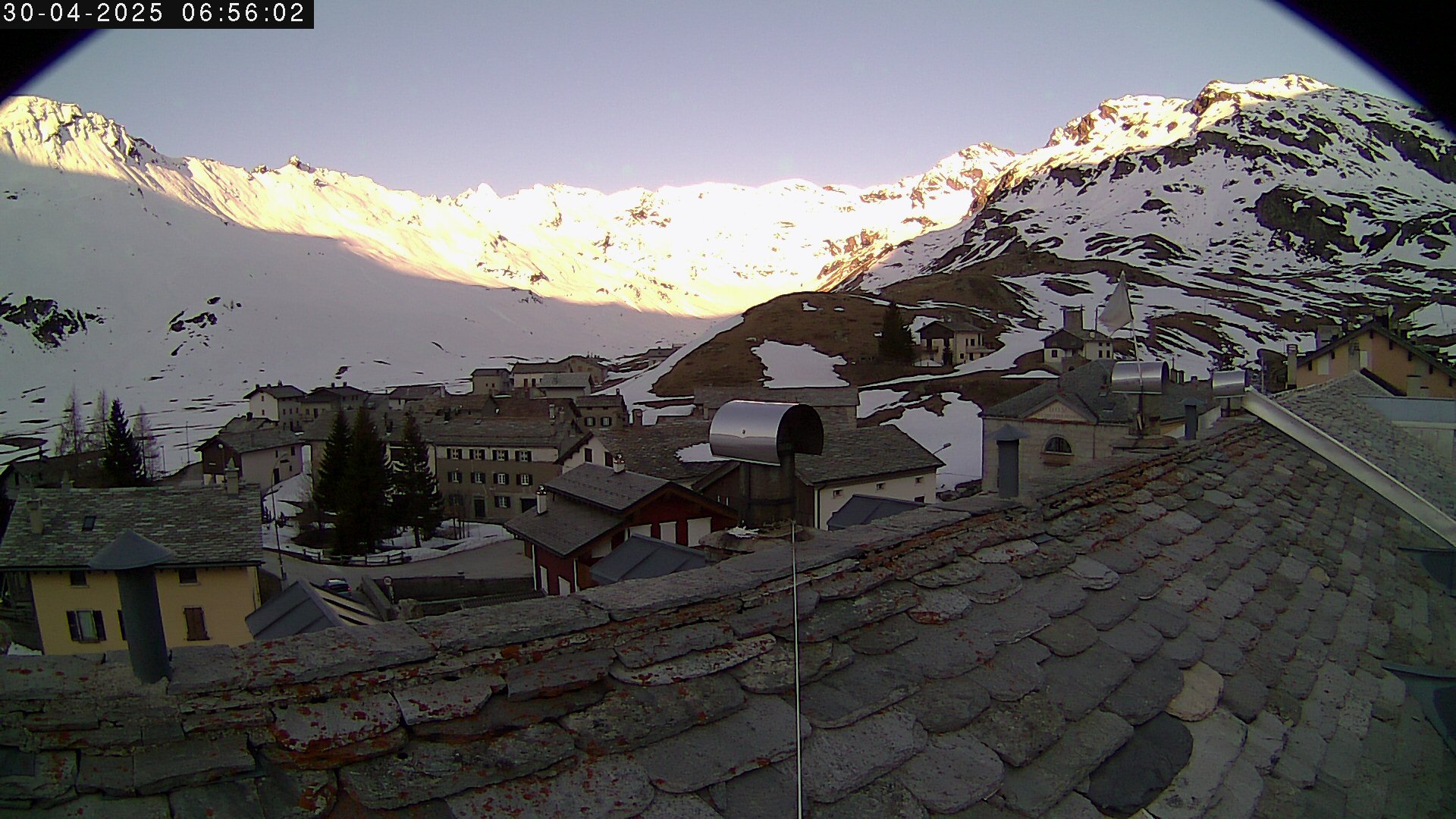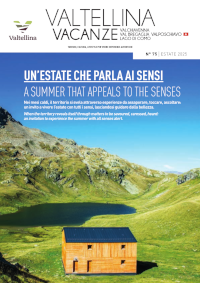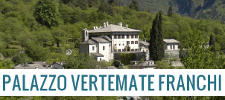How is a tradition passed down? Maybe through a direct experience in childhood or by participation in village festivals. Or by listening to grandparents’ stories, recalling times past with nostalgia. But for an outsider like myself, it might happen thanks to an old friend who generously decides to share precious memories and thereby permit me to relive a gastronomic culture that has almost disappeared.
I still remember the first time I met Mario Pighetti: I was immediately struck by his ability to transmit his passion for the territory to one and all. Several years have passed since then, but each and every time we meet I’m lucky enough to hear of new produce. This “generational exchange” has allowed me to develop new ideas on Valchiavenna cuisine, moving away from the crotti and the more noted dishes, and focusing on the use of ancient kitchen techniques and the products that the mountains throw up.
During one of our meetings, Mario gave me the chance to taste some mountain pine syrup he had made. He explained how to properly harvest the pine cones, how not to damage the tree itself and where to find them. And one place in particular: the Valcava Alpine garden, at Andossi in Madesimo.A botanical garden, a veritable open-air museum, presents a range of different mountain ecosystems, and with organisers who are committed to the cultivation of medicinal plants such as juniper, arnica and edelweiss, as well as rare and endangered potatoes like those of Starleggia.
The aim is clear: to preserve and pass on local customs and traditions. I was fascinated both by my friend’s descriptions but also what I had the privilege of tasting. Our regular conversations prompted the idea: to create a dish - a dessert in this case - that might represent our exchanges of ideas and the experiences that Mario shared with me, adopting some of the produce that I had discovered thanks to his tales, including the mountain pine.
And so I set out on my research. I asked my “mountain mentor” details of just where I might collect them and he sent me detailed instructions, with key references like “ruins along the way” and “a large rock with carved figures on it”. Hence one morning I took the bus to Montespluga and headed for Andossi. Half an hour later I found the clues Mario had indicated to me including the notable rock. Enjoying the rugged beauty of the landscape, under the sun with a gentle breeze, I was ready to search for the pines.
You collect the pines from the lower section of the plants, to avoid damaging the growth. They are small, angular, reddish-green with an intense resinous scent. Given an abundance of the trees I soon collected enough for my tests. Before catching the bus back, I took the opportunity to wander through the nearby botanical garden, a little paradise full of glimmers of history and tradition. Once home, the experimenting began. I was attempting to discover the best ways to extract the essence from the pine cones: cooking in water, milk, oil, vacuum et al. Tasting the early results I noticed that unlike the classic syrup, the extracts had a more intense and tannic flavour, resin-rich. My imagination was running wild: how to integrate this into a dessert. Two results impressed me most. The first was mousse-style in which pine cones were vacuum-packed with cream then worked with yoghourt and with the assistance of a whipped cream syphon, took the form of a super-light mousse. The second, even more interesting perhaps, was a granita or slush based on apple juice, which after freezing had a remarkable natural colour of pink with a surprising flavour: the sweetness of the apple combined with the fragrance of the pine cones left a slight coarseness on the palate, creating a really refreshing granita with forest scents and an attractive colour. Quite a triumph. I took the opportunity to present this sweet at the “Mangiare per vigne” at Castel Grumello in Valtellina. The complete dish included goat cheese mousse from the Aqua Fracta agriturismo, red elderberry jam, polenta cake and ice cream and naturally my own creations.
